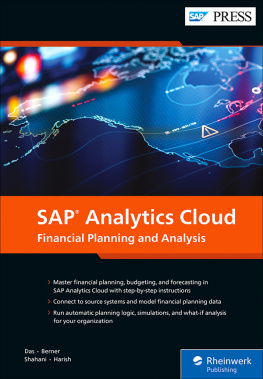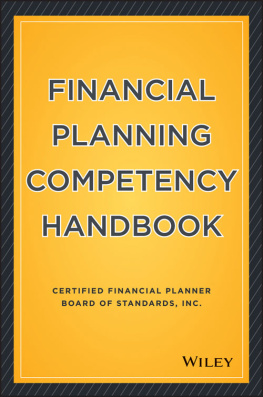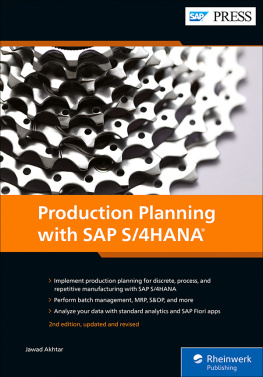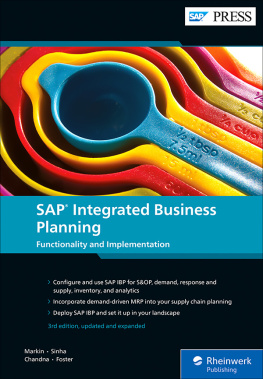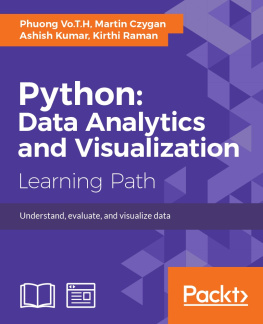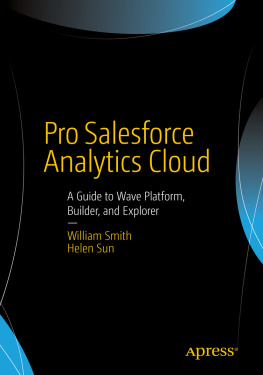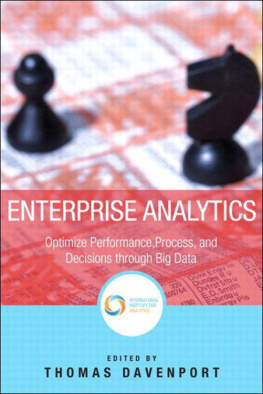Few of us look forward to Mondays. Compounding the post-weekend gloom, on Sunday nights I brace myself for the week ahead by reviewing my finances. In the past, this meant updating a very large Microsoft Excel spreadsheet for tracking monthly expenditures against my budget. Over the years, the spreadsheet evolved with increasingly complex categorization, color-coding, and calculations, slowly becoming a cipher that obscured my households financial picture.
Despite my attachment to this unwieldy spreadsheet, I eventually waded into the pool of budgeting apps. From You Need a Budget to Mint to Simplifi, theres an expanding array of solutions to ease the headache of financial planning and analysis for individuals. An intuitive user interface, plus easy-to-use features for tracking budgets and analyzing finances, made my decision to abandon the spreadsheet easy.
But thats just personal financing. Financial planning and analysis for a business means explosive complexity and high stakes. Your organizations FP&A processes require software that combines powerful capabilities with ease of use. SAP Analytics Cloud is SAPs solution for the financial planning, budgeting, and forecasting needs of your business. In these pages, youll learn how to make the most of SAP Analytics Clouds features for FP&A, including data modeling, story creation, simulations, and more. Youre on your way to improved enterprise planning (and better Mondays)!
What did you think about SAP Analytics Cloud: Financial Planning and Analysis ? Your comments and suggestions are the most useful tools to help us make our books the best they can be. Please feel free to contact me and share any praise or criticism you may have.
Notes on Usage
This e-book is protected by copyright . By purchasing this e-book, you have agreed to accept and adhere to the copyrights. You are entitled to use this e-book for personal purposes. You may print and copy it, too, but also only for personal use. Sharing an electronic or printed copy with others, however, is not permitted, neither as a whole nor in parts. Of course, making them available on the internet or in a company network is illegal as well.
For detailed and legally binding usage conditions, please refer to the section .
This e-book copy contains a digital watermark , a signature that indicates which person may use this copy:
Notes on the Screen Presentation
You are reading this e-book in a file format (EPUB or Mobi) that makes the book content adaptable to the display options of your reading device and to your personal needs. Thats a great thing; but unfortunately not every device displays the content in the same way and the rendering of features such as pictures and tables or hyphenation can lead to difficulties. This e-book was optimized for the presentation on as many common reading devices as possible.
If you want to zoom in on a figure (especially in iBooks on the iPad), tap the respective figure once. By tapping once again, you return to the previous screen. You can find more recommendations on the customization of the screen layout on the .
Foreword
Fourteen years ago, when I started my career in finance, I had this perception that all large companies in the twenty-first century must have everything pretty much figured out. I trusted that all processes, procedures, systems, data, and technology should be a well-oiled machine. It didnt take long for me to realize that wasnt quite the case. I learned that my ability (or inability) at getting the data and analytics my business partners craved depended on how successfully I could extract and analyze data from the technology I had at my disposal.
Like many newbies to the workforce, I had this notion years ago that all the planned and forecasted data just magically appeared in front of me. Obviously, that was a wrong assumption, and when I moved into an enterprise performance management role, I realized there was a lot more to planning and forecasting than meets the eye. During my time on the project team with our goal of rolling out a new financial planning solution, I immersed myself in the truth of what lay under the hood, so to speak, of our integrated management of data and processes within our SAP landscape.
During this time, I also learned how the end-to-end technology transformation process worked, from project concept to go-live. This included everything from project team norms, to design requirements, to build, to iterative testing, and dont forget about everyones favorite, change management. This specific project aimed to roll out, yet again, another latest and greatest on-premise, uniquely customized forecast technology solution for the business. Finance served as business leads while the technical team members were the software experts, and somewhere in the middle both sides found common ground to develop a solution that worked, at least for the current fiscal year (and maybe the next). But then change happened. The company reorganized, people got shuffled around, business processes altered, and suddenly we were left with new players looking at an unrecognizable relic of a technology solution that needed to be deciphered. Any possible hope of further changes, enhancements, or fixes to the platform was at the mercy of time and the availability of the remaining technical team.
Now lets step away from the nightmare just described. What this book will accomplish for business leads is a way toward the future of planning, forecasting, analyzing, and predicting data. Long gone are the days where every five years a giant capital project is drafted, a project team is formed, and the rest of the whole nine yards is lined up to launch yet another on-premise planning and analytics supposed answer, just to keep the cycle going. Instead, the future lies within the cloud. With SAP Analytics Cloud, the core business user can now own their planning landscape from start to finish. A general finance user can make many of the changes needed to the planning platform and be flexible to ever-changing business needs without having to fully depend on technical experts. If a group of core users can truly dedicate time to this technology, they can drive forward their own future of planning and forecasting within SAP Analytics Cloud.

